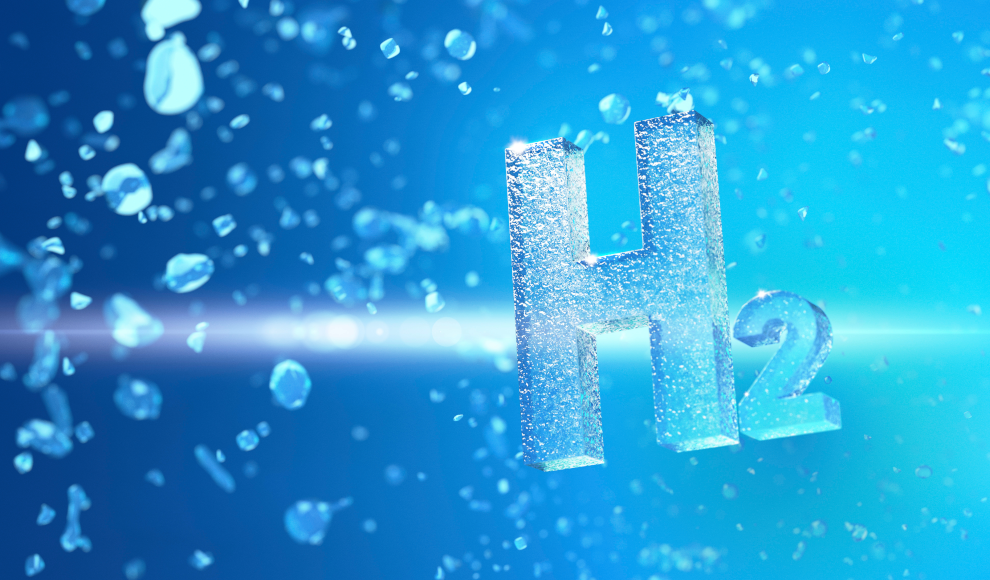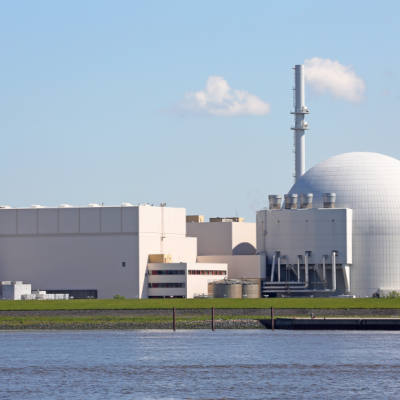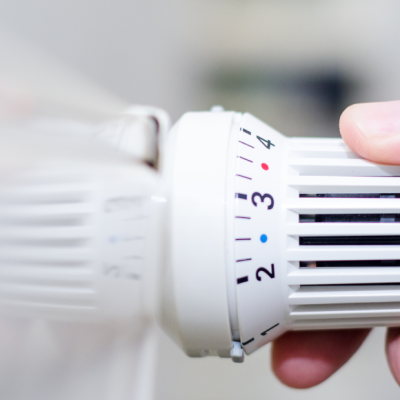A breakthrough in electrolysis technology has been achieved by scientists at Tianjin University, who have developed a method for producing hydrogen from salty seawater with high efficiency. This development could have significant implications for the production of green hydrogen in coastal desert regions. Green hydrogen is seen as a key replacement for fossil fuels in transportation and industrial processes, but its production requires large amounts of renewable energy. Countries such as Germany are already considering importing hydrogen from countries with high levels of solar radiation. However, the electrolysis process requires not only electricity but also clean water, which is scarce in desert regions. While electrolysis from salty seawater is possible, it has low efficiency due to the high concentration of chloride ions.
To address this issue, the scientists at Tianjin University developed an electrolyzer with a proton exchange membrane (PEM) that maintains high efficiency even with high levels of chloride ions in the water. The electrode of the system is made of nanostructured cobalt oxide with a thin layer of chromium oxide, which acts as a Lewis acid that attracts electron pairs. This ensures that hydroxyl groups reach the electrode more easily and frequently than chloride ions, minimizing the impact of the high salt content of seawater on the electrolysis process. The laboratory prototype achieved an efficiency of up to 40 liters of hydrogen gas per hour using unfiltered seawater.
The development of this technology could have significant implications for the production of green hydrogen in coastal desert regions, where seawater is abundant but clean water is scarce. The scientists at Tianjin University are now working to scale up their development to larger facilities and increase the long-term stability of the technology. This breakthrough could help to accelerate the transition to a low-carbon economy by providing a more efficient and sustainable method for producing green hydrogen.










